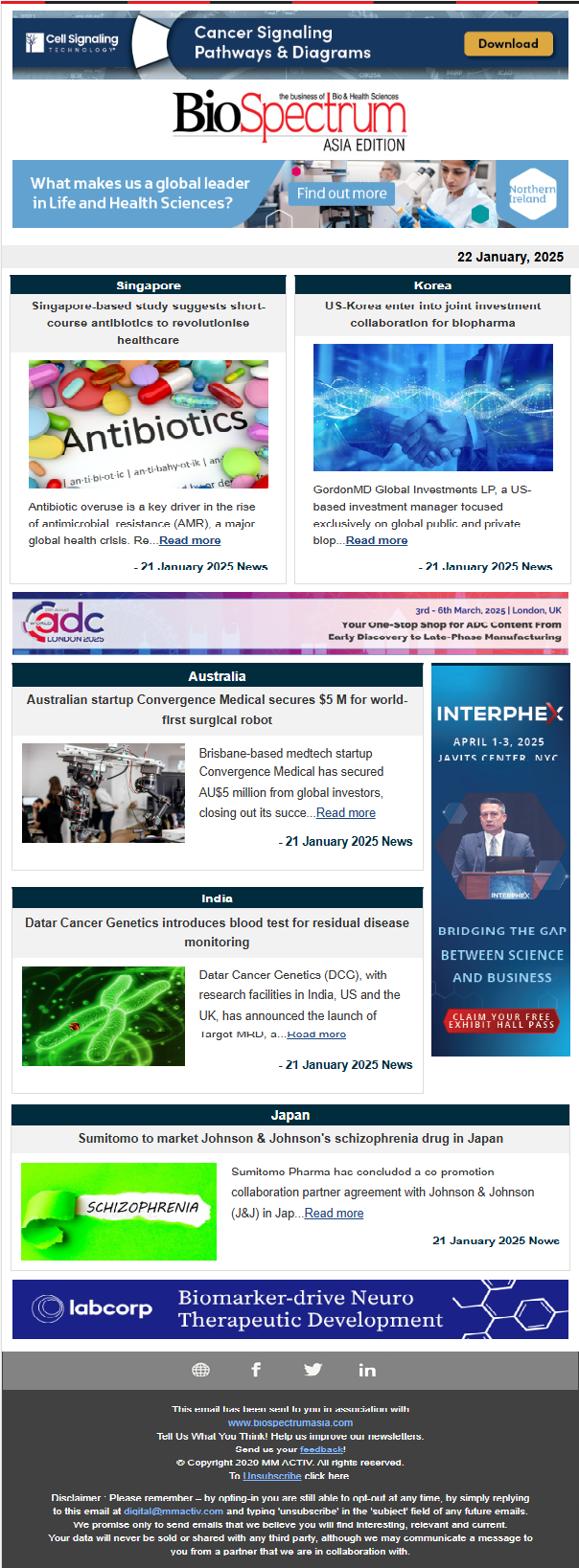
Cancer continues to be one of the leading causes of death worldwide, and in Asia, where nearly half of the world’s population resides, the burden is particularly profound. Among women, breast and cervical cancer are among the most prevalent, yet also the most preventable when detected early. However, vast disparities in healthcare infrastructure, especially in low- and middle-income countries, often delay diagnosis and treatment. It is here that accurate and affordable cancer screening, enabled by portable medical devices, offers transformative potential. This is a critical health issue and also a strategic growth opportunity.
Addressing a Critical Need in Women's Health
Asia presents a diverse and complex healthcare landscape. In countries like India, Indonesia, and the Philippines, rural populations still face challenges in accessing even basic diagnostic services. The prevalence of late-stage detection in these regions is high, and survival rates are correspondingly low. For breast and cervical cancers, which can be effectively managed if detected early, the lack of early screening is a major contributor to mortality.
Portable screening devices are uniquely suited to address this challenge. Compact, easy-to-use, and powered by battery or mobile technologies, these tools can be deployed outside of traditional hospital settings. From urban clinics to rural health camps, they bring early detection capability to the point of need. In the case of breast cancer, technologies like iBreastExam, a non-invasive, radiation-free device, allow community health workers to perform standardised breast exams without the need for expensive imaging infrastructure. Similarly, portable colposcopes and HPV test kits are changing the game for cervical cancer screening.
The urgency of this need is underscored by the fact that in 2020, nearly half of all breast cancer cases diagnosed worldwide – a staggering 45.4 per cent – were in Asia. This highlights the critical importance of implementing targeted screening and early detection initiatives specifically designed for the diverse populations across the continent.
Innovation Meets Scale
The opportunity here lies in delivering turnkey solutions that cater to the needs of healthcare enterprises seeking scalable, efficient models. Governments and public health systems, driven by mandates to reduce the cancer burden, are natural partners. Large hospital networks, diagnostic labs, and even insurance companies are exploring integration of portable screening devices into their service portfolios. Furthermore, corporates investing in employee wellness programmes see the value in offering preventive screening as part of their health benefits.
The key is to go beyond device sales. Companies in this space must offer a comprehensive ecosystem: devices, cloud-based data management, artificial intelligence (AI)-enabled decision support, training modules, and service support. This holistic approach ensures adoption, quality assurance, and long-term engagement. Importantly, it creates recurring revenue streams for B2B partners through screening as a service (SaaS) models.
Localisation and Training: The Asian Context
For success in Asian markets, localisation is critical. Language, cultural sensitivities, and clinical workflows vary significantly across regions. Solutions must be adapted to meet these realities. Training frontline workers—often female health workers in rural areas—is another cornerstone. By empowering them with the right tools and skills, we can decentralise screening and dramatically increase reach.
Women are more likely to participate in screening programmes when they trust the provider, feel culturally respected, and do not fear pain or stigma. Portable devices help on all fronts. They can be used in privacy, are non-intimidating, and can be operated by women themselves in many cases. B2B models that prioritise training and local community engagement see significantly better uptake.
However, significant barriers hinder widespread screening adoption. Studies across Asia reveal that personal beliefs, fear of pain and embarrassment, religious factors, lack of support, financial constraints, and low health literacy all contribute to lower participation rates. Overcoming these obstacles requires culturally sensitive education campaigns and accessible, affordable screening programmes that address the specific concerns of women in different communities.
Data Integration and Digital Health
One of the strongest value additions of portable devices is their ability to integrate with digital health platforms. Screening data can be securely stored, analysed, and shared across networks to facilitate referrals and follow-up. AI-based analytics can further enhance diagnostic accuracy, triage urgency, and monitor population health trends.
B2B customers are increasingly seeking solutions that don’t just stop at detection but feed into a larger continuum of care. Whether it’s linking screening to teleconsultation platforms or integrating results with electronic medical records (EMRs), the future of cancer screening in Asia is undeniably digital.
The Role of CSR and Public-Private Partnerships
Another critical lever in Asia is the growing role of Corporate Social Responsibility (CSR) and public-private partnerships. Many private corporations are investing in women's health screening as part of their CSR commitments. These initiatives create a unique B2B dynamic, where solution providers can collaborate with both corporate sponsors and implementation partners like NGOs or health ministries. Such models not only enable wide-scale deployment but also generate robust impact metrics that stakeholders value.
Public-private partnerships, especially those aligned with national health missions, are essential to reach underserved populations at scale. The success of such partnerships often depends on demonstrating efficacy, cost-effectiveness, and ease of integration into existing health systems. Portable cancer screening devices score well on all these counts.
Challenges and the Road Ahead
The devastating impact of breast cancer is underscored by the fact that in 2022, the disease claimed 666,100 lives worldwide, with Asia accounting for a significant proportion of these deaths – an estimated 315,100. This translates to an age-standardised mortality rate of 10.5 per 100,000 in Asia, highlighting the urgent need for more effective interventions to reduce the burden of this disease.
While the promise is real, there are challenges to scale. Regulatory approvals, reimbursement models, and procurement cycles vary across countries and can slow adoption. Additionally, building trust in new technology takes time. It is essential to invest in validation studies, publish impact data, and foster relationships with key opinion leaders.
The experiences of countries like Japan and South Korea, which have established comprehensive breast cancer screening programmes, demonstrate the potential for early detection to improve outcomes. These programmes have been linked to increased diagnoses at earlier stages of the disease. Conversely, countries like India and Bangladesh face significant challenges due to limited resources and infrastructure, highlighting the need for tailored strategies that address specific local contexts.
Despite these hurdles, the trajectory is clear. Asia is poised to lead the way in deploying portable, affordable cancer screening at scale. By aligning innovation with the pressing needs of healthcare systems and the strategic goals, we can build models that are not only profitable but also profoundly impactful.
Accurate and affordable cancer screening, delivered through portable devices, is a cornerstone of a healthier future for women in Asia. From a B2B lens, the opportunity is multifaceted—spanning product innovation, service delivery, digital integration, and community empowerment. As stakeholders across sectors come together to prioritise early detection, we have the chance to transform the narrative around cancer in Asia—from fear and delay to awareness and action.
In doing so, we don’t just open new markets—we save lives. And that is the most meaningful return on investment any business can aim for.
Gauri Navalkar Godse, Director and CEO, India, UE LifeSciences




